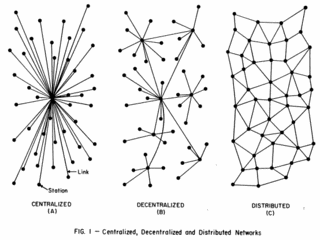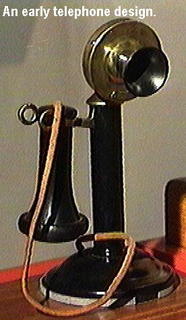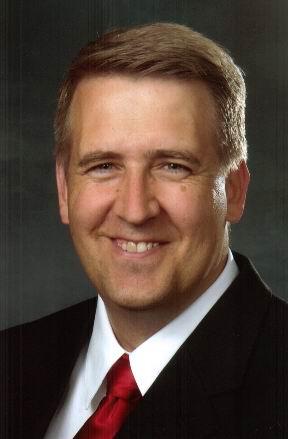ICMI - Call Center Glossary
Just like any industry, the call center industry has plenty of acronyms and unique phrases. What does CTI, DNIS, ANI, or T1 mean? To an outsider trying to work with the industry, it can be difficult to understand everything.
The ICMI, the Incomoming Calls Management Institute has published a glossary of common terms used in call centers (specifically related to inbound call centers.)
Here are a few common terms that you may want to be familiar with in relation to an
inbound call center:
Abandoned Call. Also called a Lost Call. The caller hangs up before reaching an agent.
Automatic Call Distributor (ACD). The specialized telephone system used in incoming call centers. It is a programmable device that automatically answers calls, queues calls, distributes calls to agents, plays delay announcements to callers and provides real-time and historical reports on these activities. May be a stand-alone system, or ACD capability built into a CO, network or PBX.
Automatic Number Identification (ANI). A telephone network feature that passes the number of the phone the caller is using to the call center, real-time. ANI may arrive over the D channel of an ISDN PRI circuit (out of band signaling), or before the first ring on a single line (inband signaling). ANI is delivered from long distance companies. Caller ID is the local phone company version of ANI, and is delivered inband. ANI is a North American term, and Calling Line Identification (CLI) is an alternative term used elsewhere.
Average Speed of Answer (ASA). Also called Average Delay. The average delay of all calls. It is total Delay divided by total number of calls. See Average Delay of Delayed Calls.
Calls In Queue. A real-time report that refers to the number of calls received by the ACD system but not yet connected to an agent.
Computer Telephony Integration (CTI). The software, hardware and programming necessary to integrate computers and telephones so they can work together seamlessly and intelligently.
Dialed Number Identification Service (DNIS). A string of digits that the telephone network passes to the ACD, VRU or other devise, to indicate which number the caller dialed. The ACD can then process and report on that type of call according to user-defined criteria. One trunk group can have many DNIS numbers.
Erlang C. Calculates predicted waiting times (delay) based on three things: the number of servers (reps); the number of people waiting to be served (callers); and the average amount of time it takes to serve each person. It can also predict the resources required to keep waiting times within targeted limits. Erlang C assumes no lost calls or busy signals, so it has a tendency to overestimate staff required.
Handled Calls. The number of calls received and handled by agents or peripheral equipment. Handled calls does not include calls that abandon or receive busy signals.
Longest Available Agent. A method of distributing calls to the agent who has been sitting idle the longest. With a queue, Longest Available Agent becomes ñNext Available Agent.î
Longest Delay (Oldest Call). The longest time a caller has waited in queue, before abandoning or reaching an agent.
Predictive Dialing. A system that automatically places outbound calls and delivers answered calls to agents. When the dialer detects busy signals, answering machines or ring no answer, it puts the number back in queue.
Private Branch Exchange (PBX). A telephone system located at a customer's site that handles incoming and outgoing calls. ACD software can provide PBXs with ACD functionality. Also called private automatic branch exchange (PABX).
Queue. Holds callers until an agent becomes available. Queue can also refer to a line or list of items in a system waiting to be processed (e.g., e-mail messages).
Screen Pop. A CTI capability. Callers' records are automatically retrieved (based on ANI or digits entered into the VRU) and delivered to agents, along with the calls.
Service Level. Also called Telephone Service Factor, or TSF. The percentage of incoming calls that are answered within a specified threshold: "X% of calls answered in Y seconds." See Response Time.
Skill-Based Routing. An ACD capability that matches a caller's specific needs with an agent that has the skills to handle that call, on a real-time basis.
T1 Circuit. A high speed digital circuit used for voice, data or video, with a bandwidth of 1.544 megabits per second. T1 circuits offer the equivalent of twenty-four (24) analog voice trunks.
Talk Time. The time an agent spends with a caller during a transaction. Includes everything from "hello" to "goodbye."
Toll-Free Service. Enables callers to reach a call center out of the local calling area without incurring charges. 800 and 888 service is toll-free. In some countries, there are also other variations of toll-free service. For example, with 0345 or 0645 services in the United Kingdom, callers are charged local rates and the call center pays for the long distance charges.
Voice Response Unit (VRU). Also called Interactive Voice Response Unit (IVR) or Audio Response Unit (ARU). A VRU responds to caller entered digits or speech recognition in much the same way that a conventional computer responds to keystrokes or clicks of a mouse. When the VRU is integrated with database computers, callers can interact with databases to check current information (e.g., account balances) and complete transactions (e.g. make transfers between accounts).
Workforce Management Software. Software systems that, depending on available modules, forecast call load, calculate staff requirements, organize schedules and track real-time performance of individuals and groups.










